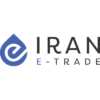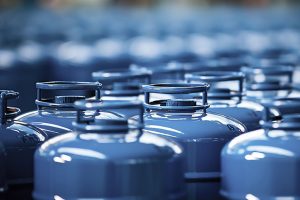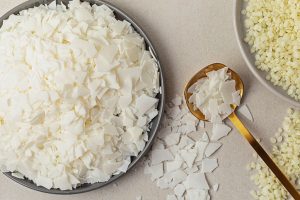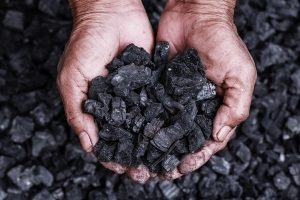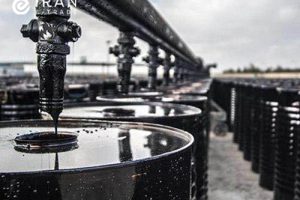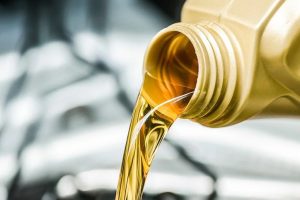Bitumen Production Process: Complete Guide to Methods and Process
What is the bitumen production process? There are different methods for producing bitumen. Generally, bitumen producers in refineries can utilise either the batch or continuous process to produce bitumen. Since the production process varies, each method yields bitumen with specific properties that make it suitable for different applications. But what type of crude oil is suitable for this process? What are the variables involved, and what possible challenges might arise along the way? If you wish to know more, read this article from Iran ETrade Blog, the specialised reference for bitumen and petroleum product prices.
What type of crude oil is suitable for the bitumen production process?
Crude oil used for bitumen production contains a significant amount of heavy molecules such as asphaltenes and maltenes.
In the bitumen production method, suitable crude oil has a specific gravity higher than 0.9. It also usually contains more than one percent sulfur, which increases the viscosity of bitumen.
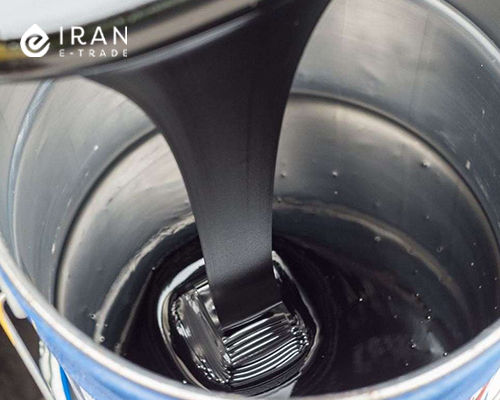
Bitumen Production Process
Overall, there are two main processes for producing bitumen, which are:
Bitumen Production Process: 1. The Batch Process
In the batch process of bitumen production, producers first fill the distillation tower with bitumen up to a specific level. Then, they preheat it by circulating the bitumen between the furnace and the tower. After that, when the temperature reaches 190 to 240 degrees, they start the air-blowing stage.
At this stage, chemical reactions raise the temperature to around 260 degrees. This process may take between 3 and 24 hours, during which producers must not add water to the bitumen at the beginning or during cooling to prevent the bitumen from foaming.
Bitumen Production Process: 2. Continuous Process
In the continuous bitumen production method, producers feed fresh material into the tower continuously, and along with the stream of blown bitumen, the reaction continues until the desired properties are achieved. The feed enters at a lower temperature than the operating level and heats up inside the tower through the reaction’s heat.
Then, to control the temperature more effectively, producers preheat the incoming feed before it enters the production tower using a furnace, a heat exchanger, or methods like hot water injection. Finally, they remove the produced bitumen from the tower through a level control system.
Comparing Batch and Continuous Processes in Bitumen Production
Now that we have explained the two bitumen production methods, let’s compare them. In the batch process, producers carry out production in a specific volume and in multiple stages. After completing each batch, they start a new production cycle.
In contrast, in the continuous bitumen production process, producers feed material into the tower constantly, and the final bitumen comes out continuously. Therefore, the continuous process offers more precise control over the production conditions, resulting in a more uniform product with higher quality and greater production capacity.
As a result, this method requires more advanced equipment and a higher initial investment. On the other hand, the batch process is simpler and suitable for small units or limited production, although quality control is more challenging and efficiency is lower.
Bitumen Production Process: Biturox
In the Biturox method, a type of continuous bitumen production method, producers use specialised reactors equipped with air-distribution pipes and turbines.
In this bitumen production method, these pipes create large air bubbles and, while using minimal oxygen, prevent air from remaining inside the reactor. Therefore, this feature helps improve reaction control and enhances the quality of the bitumen.
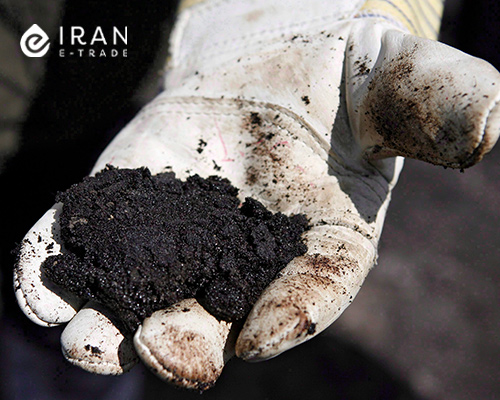
Bitumen Production Process from Vacuum Bottom
In the vacuum bottom bitumen production, producers use a material called vacuum bottom, which is the residue from crude oil distillation in a vacuum tower. They first heat this material to 240–320 degrees Celsius, then transfer it to the bitumen production unit.
In this unit, producers pass air through the bitumen to carry out the oxidation process. This reaction, in turn, changes the stiffness, softening point, and other physical properties of the bitumen, ultimately producing bitumen with different penetration grades.
Process Variables and Potential Issues
Overall, in both continuous and batch bitumen production processes, problems may arise, and various factors can influence them. These variables and potential issues include the following:
Variables Affecting the Bitumen Production Process:
- Bitumen Level: The filling level in the tower affects the quality of the reactions.
- Temperature: Producers must control it within the proper range to preserve the bitumen’s properties.
- Feed Composition: The type of vacuum bottom used influences the final bitumen characteristics.
- Aeration Intensity: The amount of incoming air determines the degree of oxidation.
- Aeration Duration: The air-blowing duration must be adjusted according to the desired bitumen properties.
Potential Issues During the Process:
- Backflow: Reaction materials flow back to previous stages.
- Coke Formation: Caused by excessive heat or disrupted air flow.
- Vapour Explosion: Due to the accumulation of flammable gases.
- Pipeline Cooling: Leads to blockage in the material flow path.
Consequences of These Issues:
- Excessive softening of the bitumen
- Increased penetration
- Thinning of volatile compounds
- Trapping of excess oils in the final product
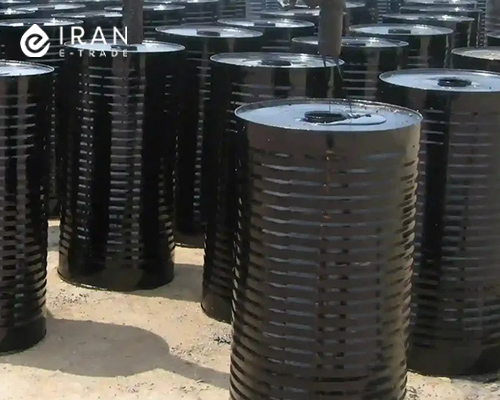
Factors Affecting Bitumen Production
In addition to the variables influencing the bitumen production method, the following factors can also impact it:
- Thermal Reaction Control with Cold Recycle: Prevents excessive temperatures.
- Steam Injection into the Tower: Prevents fire hazards.
- Bitumen Residence Time in the Tower: Directly affects the softness of the final product.
- Injected Air Volume and Temperature: Increases or decreases the reaction rate.
- Starting Operations at 420°F and Continuing to Around 550°F: Ensures the completion of the reaction.
- Difference Between Point 1 and Base Temperature: Larger differences improve oxidation reactions.
- Aeration Ratio: With constant temperature fluctuations, it increases or decreases the overall reaction temperature.
- Liquid Level in the Tower: If too low, the residence time is reduced, and the risk of fire increases.
Frequently Asked Questions About the Bitumen Production Process
Below, we answer some common questions regarding the bitumen production process:
How is bitumen produced?
Bitumen comes from crude oil and a combination of asphaltene and maltene molecules, which give it properties such as adhesiveness, hardness, and viscosity.
How is petroleum bitumen produced?
Producers obtain petroleum bitumen through three processes: straight-run extraction, air blowing, and blending.
What are the advantages of the continuous bitumen production process?
The continuous bitumen production method simplifies and streamlines production by reducing maintenance costs and aeration time while increasing efficiency.
What are the key factors in the bitumen aeration?
The important factors in the bitumen aeration stage include temperature, air-blowing duration, air flow intensity, and feed composition, all of which affect the stiffness, softening point, and final quality of the bitumen.
How is 60/70 bitumen produced?
In the 60/70 bitumen production process, producers blow air into the vacuum bottom at high temperatures until it reaches the standard penetration grade of 60–70 tenths of a millimetre.
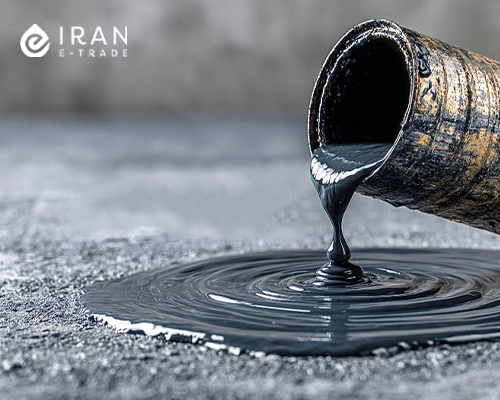
reference: chemengstudent
Bitumen Price
- What Is LPG: Properties + Uses Liquefied Petroleum Gas
- What Is Petroleum Paraffin: Types + Properties And Applications
- What is Petroleum Coke: Types + Applications
- What Is Mazut: Advantages, Applications + Hazards
- What Is Diesel fuel: Types Gas oil + Applications
- What is gasoline? Types + Uses and Production Process
